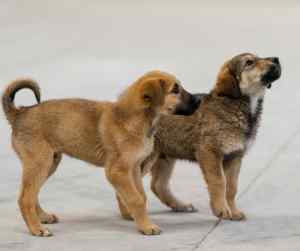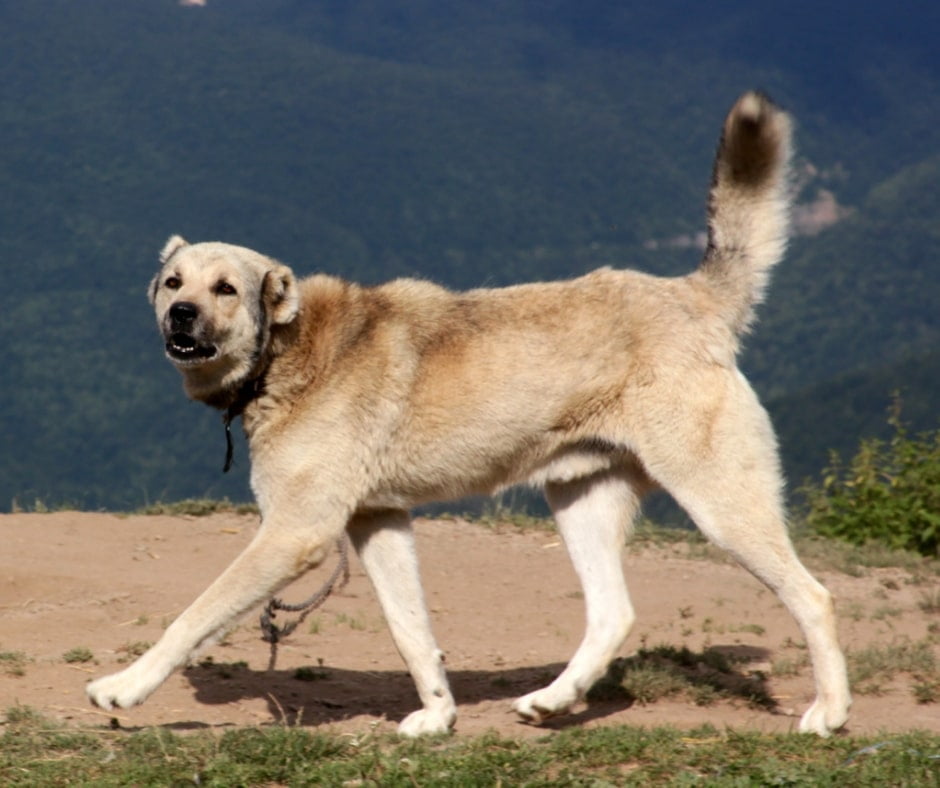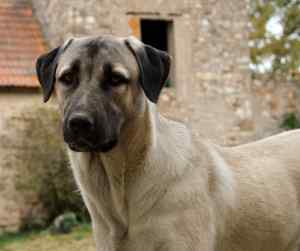Introduction: The Remarkable Anatolian Shepherds
Anatolian Shepherds are a remarkable breed of dogs that have a rich history as livestock guardians and have also proven to be excellent family companions. Their versatility and adaptability make them a popular choice for pet owners who are looking for a loyal and protective companion.
- Anatolian Shepherds
- Introduction The Remarkable Anatolian Shepherds
- A Rich History Anatolian Shepherds as Livestock Guardians
- The Anatolian Shepherd’s Role in Protecting Livestock
- Adaptability and Versatility Anatolian Shepherds in Different Environments
- The Anatolian Shepherd’s Physical Characteristics and Traits
- Training Anatolian Shepherds From Livestock Guardians to Family Companions
- Anatolian Shepherds as Family Companions Loyalty and Affection
- Anatolian Shepherds and Children A Perfect Match?
- Anatolian Shepherds and Other Pets Compatibility and Socialization
- Exercise and Mental Stimulation Meeting the Anatolian Shepherd’s Needs
- Health Considerations Common Issues and Care for Anatolian Shepherds
- Conclusion The Anatolian Shepherd’s Enduring Legacy as a Versatile Companion
In this article, we will explore the fascinating history of Anatolian Shepherds as livestock guardians, their role in protecting livestock, their physical characteristics and traits, training methods, their suitability as family companions, compatibility with children and other pets, exercise and mental stimulation needs, common health issues, and their enduring legacy as versatile companions.
A Rich History: Anatolian Shepherds as Livestock Guardians
Anatolian Shepherds have a long and storied history as livestock guardians. Originating from the Anatolian region of Turkey, these dogs have been bred for centuries to protect livestock from predators such as wolves, bears, and coyotes. Their natural instincts and protective nature make them excellent guardians, and they have been used by shepherds for generations to protect their flocks.
The Anatolian Shepherd’s Role in Protecting Livestock
Anatolian Shepherds are known for their unwavering dedication to protecting their charges. They are independent thinkers and have a strong sense of territory, which makes them highly effective at warding off potential threats. These dogs are known to be fearless and will not hesitate to confront predators to protect their livestock. Their size and strength also make them formidable opponents, capable of taking on even the largest predators.
Adaptability and Versatility: Anatolian Shepherds in Different Environments
 One of the most remarkable aspects of Anatolian Shepherds is their adaptability to different environments. They have been successfully used as livestock guardians in various climates and terrains, from the harsh mountainous regions of Turkey to the open plains of the United States. This adaptability is a testament to their resilience and versatility as a breed.
One of the most remarkable aspects of Anatolian Shepherds is their adaptability to different environments. They have been successfully used as livestock guardians in various climates and terrains, from the harsh mountainous regions of Turkey to the open plains of the United States. This adaptability is a testament to their resilience and versatility as a breed.
The Anatolian Shepherd’s Physical Characteristics and Traits
Anatolian Shepherds are large, muscular dogs with a distinctive appearance. They have a broad head, strong jaws, and a thick double coat that provides protection from the elements. Their ears are set high and are usually folded down, giving them an alert and attentive expression. These dogs have a calm and composed demeanor, but they are always ready to spring into action when needed.
Training Anatolian Shepherds: From Livestock Guardians to Family Companions
 Training Anatolian Shepherds requires patience, consistency, and positive reinforcement. While they are intelligent dogs, they can be independent and stubborn at times. Early socialization and obedience training are crucial to ensure that they grow up to be well-rounded and well-behaved companions. It is important to establish yourself as the pack leader and provide clear boundaries and rules for your Anatolian Shepherd to follow.
Training Anatolian Shepherds requires patience, consistency, and positive reinforcement. While they are intelligent dogs, they can be independent and stubborn at times. Early socialization and obedience training are crucial to ensure that they grow up to be well-rounded and well-behaved companions. It is important to establish yourself as the pack leader and provide clear boundaries and rules for your Anatolian Shepherd to follow.
Anatolian Shepherds as Family Companions: Loyalty and Affection
Despite their history as livestock guardians, Anatolian Shepherds can also make excellent family companions. They are known for their loyalty and devotion to their human family members. Once they form a bond with their owners, they will go to great lengths to protect and care for them. Anatolian Shepherds are also affectionate dogs and enjoy spending time with their families.
Anatolian Shepherds and Children: A Perfect Match?
Anatolian Shepherds can be a great match for families with children. They are naturally protective and gentle with their human family members, especially children. However, it is important to supervise interactions between young children and dogs to ensure that both parties are safe. Teaching children how to properly interact with dogs and respect their boundaries is essential for a harmonious relationship.
Anatolian Shepherds and Other Pets: Compatibility and Socialization
Anatolian Shepherds can coexist with other pets if they are properly socialized from a young age. Early exposure to different animals and positive experiences can help them develop good social skills. However, it is important to remember that Anatolian Shepherds have a strong prey drive, so caution should be exercised when introducing them to smaller animals such as cats or rabbits.
Exercise and Mental Stimulation: Meeting the Anatolian Shepherd’s Needs
Anatolian Shepherds are active dogs that require regular exercise and mental stimulation to thrive. Daily walks, playtime, and interactive toys can help keep them physically and mentally stimulated. Engaging in activities such as obedience training, agility, or even herding trials can also provide them with the mental challenges they need.
Health Considerations: Common Issues and Care for Anatolian Shepherds
Like all breeds, Anatolian Shepherds are prone to certain health issues. Hip dysplasia, elbow dysplasia, and bloat are some of the common health concerns in this breed. Regular veterinary check-ups, a balanced diet, and regular exercise can help maintain their overall health and well-being. It is also important to provide them with a comfortable and safe living environment.
Conclusion: The Anatolian Shepherd’s Enduring Legacy as a Versatile Companion
Anatolian Shepherds have a remarkable history as livestock guardians and have successfully transitioned into loving family companions. Their adaptability, loyalty, and protective nature make them a versatile breed that can thrive in various environments. With proper training, socialization, and care, Anatolian Shepherds can be a wonderful addition to any family, providing love, protection, and companionship for years to come.


